20 Historical Photos Proving That Time Changes, but Love Remains the Same
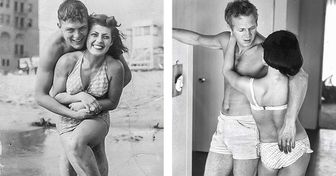
We are in the Black Rock Desert, Nevada. Here, the fastest car in the world is being tested. That little dot in the distance is it. But it’s approaching very fast, and then it passes by in a split second! And it’s only after a while that we hear its noise. Whoa!
Yes, this car is moving at a speed higher than the speed of sound, so we first see it and only then hear it approaching. Now let’s move to the garage and take a closer look at this technological miracle. This is Bloodhound LSR. It’s not really a car nor a rocket.
This thing was built just to break the existing speed record, and to be the first car to reach 1,000 mph. It has an elongated body, with a length of 42 feet [42 ft (12.8 m)] from end to end. And its width is 8.2 feet. So its size is almost identical to a school bus. Only the school bus doesn’t have the most important detail — the jet engine.
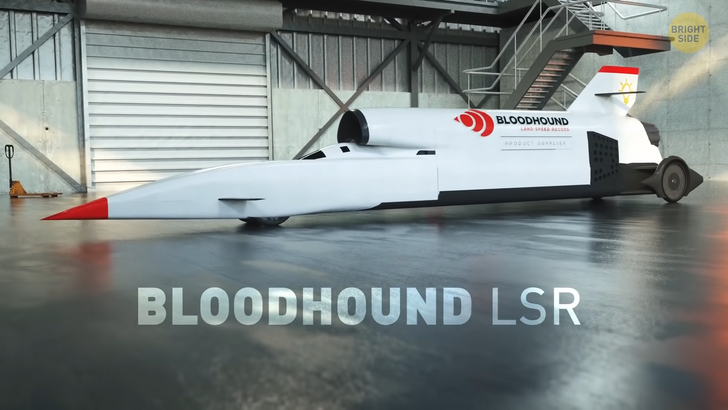
In fact, even a couple of jet engines. The first one accelerates the car to about 650 mph [(1,050 kph)]. But then, to achieve even higher speed, the hybrid rocket joins the work. These two jets use up a huge amount of fuel every second, and to ensure its supply, there is... another engine! The supercharged Jaguar V-8 has been used to power the pumps for the rockets. But the designers plan to replace it with an electric motor in the future.
The long form that narrows to the front of the vehicle is due to aerodynamic problems when the car moves at such speed. The fact is that the faster you move, the more resistance the air has. When you drive around the city in everyday life, you don’t feel it. But if you stretch your hand out the window when you’re on a highway, you will feel as if the air has become harder, just like cream.
So when designing the vehicle, the engineers used aerospace technologies. After all, the appearance of Bloodhound LSR is really like that of the space shuttle. Another detail this car has borrowed from planes is the wheels. For low-speed testing, 4 original tires from the English Electric Lightning fighter were used. But for high-speed testing in South Africa in 2019, they were replaced with wheels of a strong alloy, 35 inches wide. Each of them weighs more than 200 lb [(95 kg)].
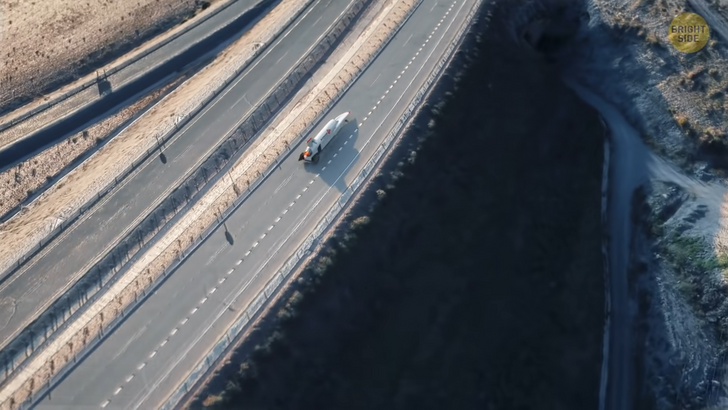
These wheels must be able to withstand the speed of 10,000 rpm. An incredible force is applied to the wheels at this speed. At this point, the tire is experiencing an overload of 50,000 g’s. The cockpit of the Bloodhound LSR resembles an airplane or a Formula 1 car. It has the same steering wheel and dozens of switches.
There’re also several screens to track the performance of car systems. Alas, nothing for comfort. The air conditioning and music system had to be thrown away for the car to have as little weight as possible.
But despite all the efforts, the car still weighs about 6 tons. This is because of the very heavy jet engines and the fuel tank. But if we compare the Bloodhound to the school bus again, we will see that it’s almost twice as light: 6 tons versus 11. Nowadays, the engineers are only preparing this car for a record race, but we can simulate this process step by step. So we go back to the Black Rock Desert.
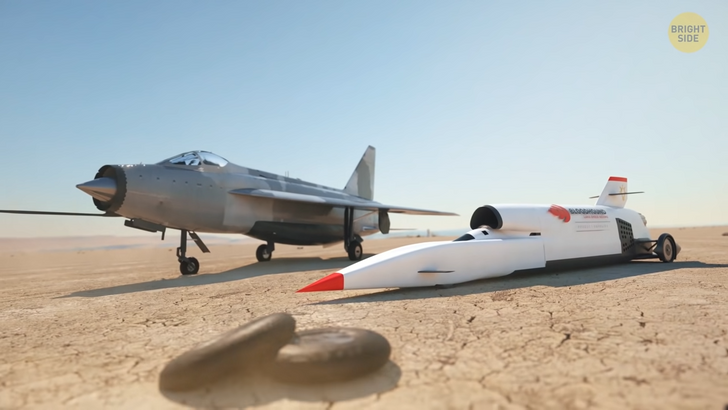
This is Andy Green. He’s the pilot of the British Royal Air Force and holds the current speed record. He’s also the first person who’s broken the sound barrier on the ground. On October 15, 1997, he took the wheel of ThrustSSC. It’s a similar vehicle, with two turbofan engines like those of the American Douglas F-4 Phantom fighter. They had 110,000 horsepower in total.
And they consumed almost 5 gallons of fuel per second. At the time, Andy Green was able to accelerate to 763 mph [(1,228 kph)] in just 30 seconds. When the car crossed the sound barrier, it made a sonic boom. But this time its target is 1,000 mph. Andy puts on his suit and takes the pilot’s place. There’s a straight line several dozen miles long in front of him.
The team starts the countdown, just like when launching a space rocket. The heartbeat of all engineers, designers, and the pilot is now at its limit. The countdown comes to the end... Ignition! Bloodhound tears off! During the acceleration, Andy Green experiences overload similar to that felt by astronauts during a rocket launch.
A huge cloud of dust rises behind the car. The speedometer just goes off the scale! In less than half a minute, Bloodhound overcomes the sound barrier. We hear a deafening sonic boom again. The temperature inside the engine at this moment reaches 5,400 °F [(3,000 ℃)]. This is twice as high as the temperature inside the volcano. The wheels are spinning at 10,200 rpm.
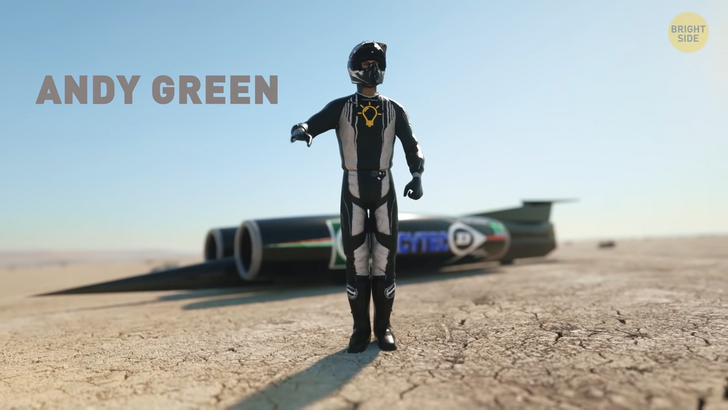
The pilot is more concentrated than ever before. One more second and the speed record will be broken. 900 mph... 950... 990... 1,000 miles [1,000 mph (1,600 kph)] per hour! Andy Green’s done his job, but it’s only half the track. He’s now beginning to brake. He’s closing the throttle valves. This blocks the airflow through the engine and the car begins to feel extremely strong aerodynamic resistance.
At the same time, the pilot feels as strong an overload as when performing loop-the-loop on an aircraft. The speed has been reduced to the speed of sound, and it’s time for the aerodynamic brake. With flaps and spoilers, the car creates even more resistance to air and the speed continues to decrease. When the speed reaches 600 mph, the braking parachute is opened. 400 mph.
At this point, a second parachute is released if braking isn’t fast enough. When the speed drops to 250 mph, it’s time for the good old disc brakes. When braking, they’re heated up so much that they become as red as hot metal in the forge. And here... The final stop!
Andy Green sets a new world record for speed on the ground of 1,000 mph. The team is in a rush to congratulate him. Emotions are overwhelming. Years of work have been a success. Hey, time to take a commemorative photo with the whole team and the car. Ah, perfect!
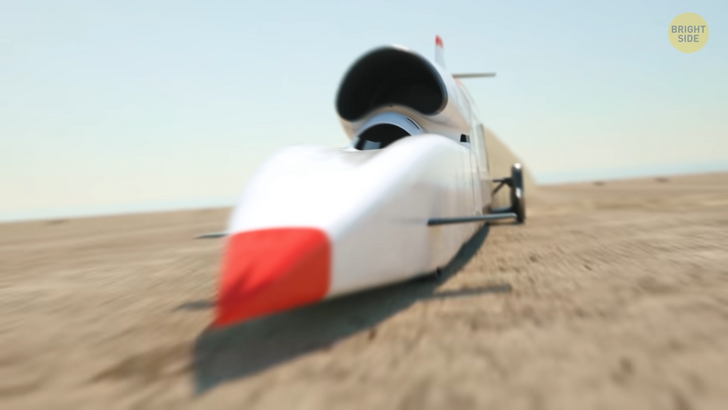
And although a huge amount of money and time has been invested in this project, it has no application in everyday life. The fact is that Bloodhound LSR cannot be used on real roads. Well, in terms of size, it does look like a bus, but the engine... Well, if the driver decides to hit the gas pedal at a traffic light, the car behind it will turn into a kebab. Besides, it will make a roar like a jet plane.
We don’t want to turn our roads into runways, right? Although at this speed, you could get from New York to Los Angeles in two and a half hours. By comparison, an airplane makes the same trip in five and a half hours.
Well, let’s look at the speed record that an average person can set in a car. This is the SSC Tuatara. And at this point, it’s the fastest production car in the world. It has 1,750 horsepower and holds the title of the fastest car from Bugatti and Koenigsegg.
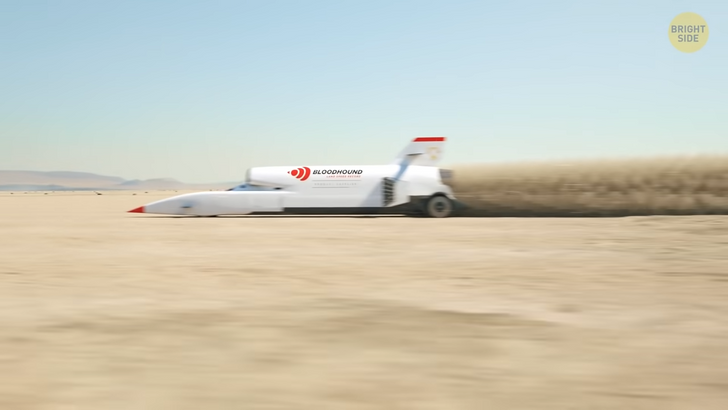
The record was set on a closed road near Las Vegas, Nevada. The driver stomped the pedal into the floor and did not let go until he reached an incredible speed of 331 mph. This is half the cruising speed of a passenger plane. On an ordinary road!
And this car is much more comfortable than Bloodhound LSR. It has air conditioning, a music system, and a place for a passenger. The company has not yet announced the price of this monster, but it’ll be at least $1.9 million. Well, high-speed travel remains the benefit of the rich.
But it’s still not the most expensive car in the world. This title belongs to Bugatti La Voiture Noire with a price of $18.6 million. For comparison, the price of private planes that can travel between continents starts from $3 million. So, you could buy six planes. Yeah.











